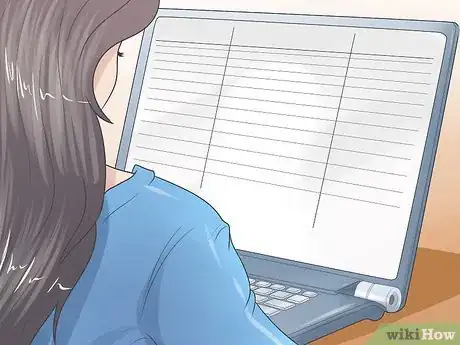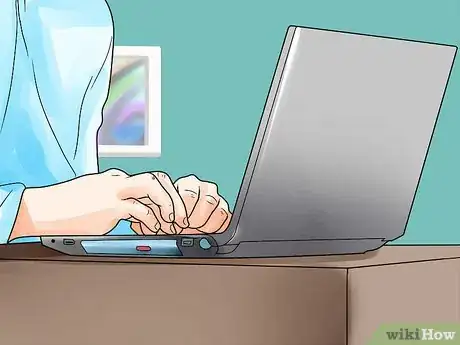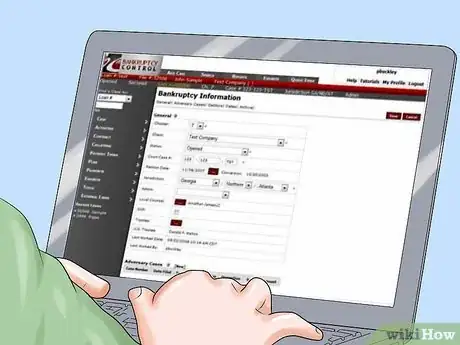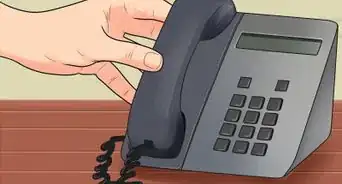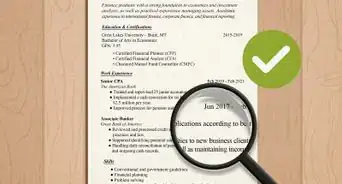wikiHow is a “wiki,” similar to Wikipedia, which means that many of our articles are co-written by multiple authors. To create this article, 10 people, some anonymous, worked to edit and improve it over time.
This article has been viewed 74,633 times.
Learn more...
Some consumers or individuals with spare capital tend to follow the old axiom "neither a borrower nor a lender be," but others are looking at how to cash in on lending. Seeing how much income banks and major lenders make from their loans is enough to get some individual cash or asset holders interested in lending out some of their money, hoping to make good gains in interest payments over time. A combination of economic incentives and new technology allows more people to effectively become a lender and get some good returns on money that they currently have parked in low interest bank accounts.
Steps
Researching the Lending Process
-
1Collect your capital. For the best results, you'll want all of your lendable money to be collected in one central account or "pot." This will also help you to figure out how much you can lend without negatively impacting your own household budget.
- It's best to plan for a worst-case scenario where you only lend money that you can live without, in case a loan does not get repaid.
-
2Understand your loan goals. Before you get into actually lending out money, you'll want to look at several factors including how long you want that money to be tied up, and how much you plan to make with it. This will help you narrow down lending choices further on in the process.Advertisement
-
3Look at the tax burden. The plain fact that experienced money handlers understand is that every investment has a tax burden, and lending is no exception. As a personal taxpayer, you will have to pay taxes on income from interest payments, which will be taken out of your gross gains, or yield. It's incumbent on you as the lender to figure out how this will affect your future tax bills.
Evaluating Micro Lending
-
1Research micro lending. For almost all individual would-be lenders, the best way to effective lending is through Internet micro lending services (also called peer to peer lending) that help small lenders find interested borrowers. Take a look at these sites and familiarize yourself with all of the rules and regulations in order to avoid misunderstandings later.[1]
- Popular micro lending sites include Kiva, Prosper and Lending Club.
- Some of the reasons people are looking to borrow through micro loans include:[2]
- Pay off credit cards at a lower interest rate
- Start a small business or expand an existing one
- Finance a creative project such as a film, music or artwork
- Finance a wedding, car repair or consolidate other loans
-
2Evaluate how micro lending sites rate borrowers. In a similar method as the ones used by big lenders, micro-lending sites often "rate" borrowers according to answers they give on a questionnaire. This way lenders can match borrowers that meet their desired level of risk. Generally, you'll be picking a "basket" of loans and betting that the majority of them will not default, or in other words, be unable to repay.
- Riskier borrowers will be charged a higher interest rate.
-
3Make the deal. When you have your desired loan recipients picked out, you should be able to seal the deal on micro lending sites using their proprietary tools and paperwork. When these are all finished, you will actually be a lender, able to collect income payments to boost your total investment portfolio.
-
4Consider a lending club. Rather than loaning money to a single borrower, in a lending club you invest in notes, or $25 portions. This way your investment is spread across hundreds of loans, while the borrowers' loans are funded by many different investors.[3]
Researching Micro Loan Pros and Cons
-
1Evaluate the benefits of micro lending. The main benefit of micro lending is returns on your investments ranging from 5-9%. This is much higher than you would get on a savings or money market account. These returns take into consideration a 4-5% default rate and 1% in fees from the micro lending company. [4]
- Micro loans are not tied into the stock market, so even if the market plunges you should still get a good return on your investment.[5]
-
2Evaluate the risks of micro lending. Borrowers may default on the loans. This type of loan is not secured by a house or other collateral that a bank would normally require. Borrowers can also file for bankruptcy and you would lose your investment.[6]
-
3Consider an automated investing tool. Rather than choosing individual borrowers that can become very time consuming, you can arrange for automated investing. You select a mix of loan grades according to borrower risk and set the amount for each loan. Then the tool will automatically invest in loans for you and send a daily report online.[7]
References
- ↑ http://www.businessinsider.com/how-to-choose-the-best-peer-to-peer-lending-site-2011-3
- ↑ http://www.businessinsider.com/how-to-choose-the-best-peer-to-peer-lending-site-2011-3
- ↑ http://www.lendingmemo.com/lending-club-investor-account-review/
- ↑ http://www.lendingmemo.com/lending-club-investor-account-review/
- ↑ http://www.lendingmemo.com/lending-club-investor-account-review/
- ↑ http://www.lendingmemo.com/lending-club-investor-account-review/
- ↑ http://www.lendingmemo.com/lending-club-investor-account-review/
About This Article
To become a lender, try micro lending through websites like Kiva, Prosper, and Lending Club. As a micro lender, you can loan borrowers money for things like paying off credit card debt with a lower interest rate, starting a small business, or financing a creative project. If you want to earn more off of your money, you can lend to riskier borrowers and get a higher interest rate, but they might default on their loans. For a safer investment, you can loan money to low-risk borrowers, but you won't earn as much from interest. To learn how to use an automated investing tool for lending money, scroll down!



